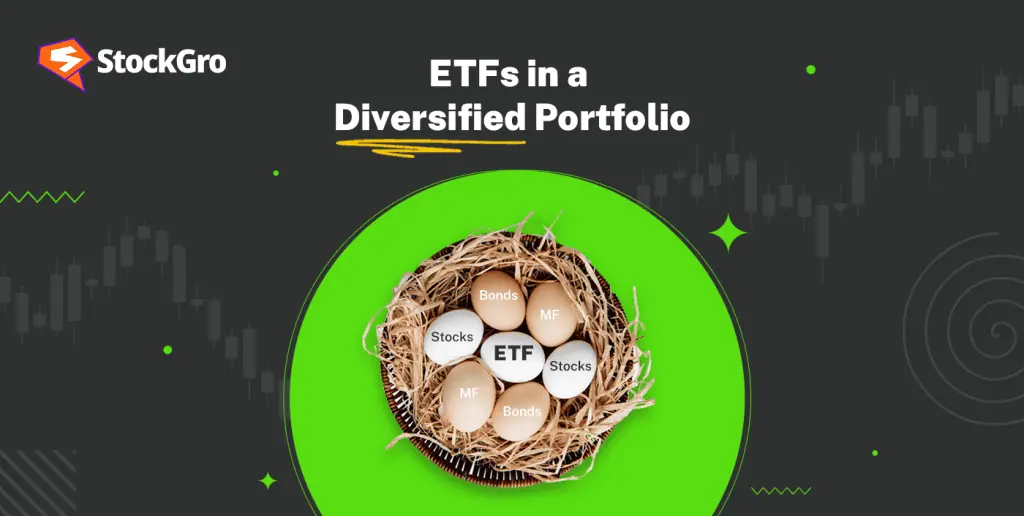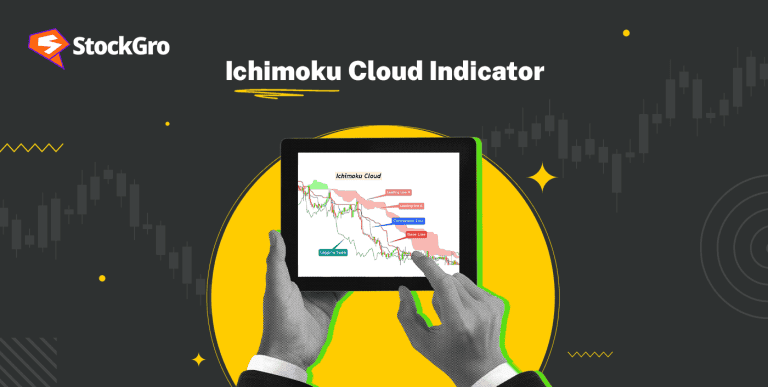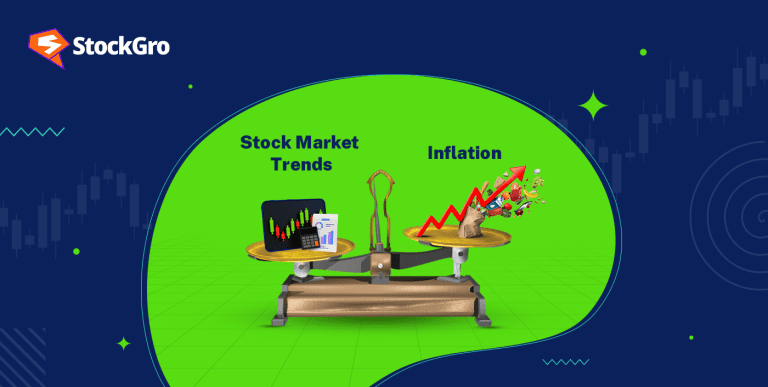
A diversified portfolio is built through investments in various asset classes that have less correlation to each other. Each investment has its own unique risk-to-return ratio. The primary goal of every investor is to diversify their portfolio to optimise their gains while maintaining a check on their risks. An exchange-traded fund (ETF) helps investors reap the benefits of a diversified portfolio.
What are ETFs in the stock market?
Exchange-Traded Funds are a sort of investment fund that trades on stock exchanges, similar to individual equities. An ETF passively manages a corpus of funds collected from multiple individuals. The corpus is invested in indexes like Sensex or Nifty, bonds, commodities or a portfolio of assets like index funds.
Two questions arise with the meaning of ETFs. Firstly, what does passive management mean? Secondly, since ETFs sound very similar to mutual funds, what is the difference between them?
Passive management
Passive management refers to the management style where fund managers make periodic or minor adjustments to ensure that funds are in line with the index. Passive management indicates that the goal of an ETF is to mirror a certain market index and not outperform it.
Exchange-traded fund vs. mutual funds
ETFs are a type of mutual fund. However, unlike regular mutual funds, they trade like common stock in open markets. Listed below are different ways in which an exchange-traded fund differs from a regular mutual fund.
| Parameter | Exchange-traded fund | Mutual fund |
| Management style | Passively managed | Passively or actively managed |
| Trading | Can be bought and sold throughout the day | Only traded at the end of the trading day |
| Cost structure | Lower expense ratio than mutual funds due to less management and lower fees. | Higher management fees than ETFs especially in the case of actively managed funds due to greater participation of fund managers. |
Also read: What are mutual funds?
Types of exchange-traded funds
Different kinds of ETFs like Leveraged, Foreign markets and Inverse are available in the markets. However, listed below are the most common kinds of ETFs.
- Index ETFs are exchange-traded funds created to track a certain index.
- Fixed income ETFs invest in fixed income generating bonds that provide a cushion against market fluctuations.
- Commodity ETFs follow price fluctuations in specific commodities such as gold or oil. It can also refer to a fund that follows a commodity stock ETF that engages in common shares of commodity producers.
Benefits of diversification with exchange-traded funds
Following are the benefits of diversification with exchange-traded funds.
Trading day: Unlike mutual funds, exchange-traded funds are traded throughout the day. This enables investors to keep their investments at par with the current market performance.
Transparency: They ensure transparency to investors since most ETFs are required to file their holdings every day. This leads to a promotion of investor confidence and enables them to make informed decisions.
Tax relief: They provide investors the opportunity to enjoy a diversified portfolio while providing greater tax efficiency compared to actively managed mutual funds.
Lower cost: ETFs share great similarities with mutual funds. However, the cost of investment in ETFs is lower than most actively managed mutual funds due to the passive role of fund managers and lower initial investment.
ETFs and a diversified portfolio
Diversification of a portfolio completely depends on the unique investor portfolio. Along with due importance to market performance of various assets, investors must consider their financial goals and risk appetite to make an optimum diversified portfolio.
- ETFs and other assets
Numerous exchange-traded funds track indices like Nifty 50 and SENSEX while others track commodities and bonds. ETFs can be blended with other assets to make a diversified portfolio to enable investors to reach an optimum combination of risk and return.
- ETF specific portfolio
Investors can even mix different ETFs to create a holistic ETF-focused portfolio. The various sector-specific ETFs can enable investors to make prudent portfolio decisions.
- Blend with International markets
Investors can gain exposure to US stock through direct or indirect ETF routes. By combining domestic index ETFs such as a Nifty, an international ETF investment, and other safe-haven assets, they may create an ETF portfolio that is well-diversified.
Also read: Portfolio Diversification and Its Benefits.
Conclusion
Optimum diversification of portfolio is the objective of every investor. Selections should be based on prevailing market conditions paired with investor attributes. It is important to decide the goal of the corpus an investor wishes to generate through their investment to ensure that investors do not take more or less risk than necessary.
Moreover, a thorough analysis of risk appetite unearths the degree of risk an investor is capable of taking. The convergence of risk necessary and risk capability helps investors find the ETF that has the optimum risk profile.
Also read: What is an investment Analysis?
FAQs
- Are ETF funds safe?
ETFs invest in market securities. Thus, they are susceptible to market volatility. The risk levels of the investments that make up an ETF determine its relative safety. It is essential to choose ETFs and other asset types wisely. Decisions ought to be made in light of investor characteristics and the state of the market.
- What are ETF funds in India?
Like individual stocks, exchange-traded funds are a type of investment fund that trades on stock exchanges. An ETF passively oversees a collection of funds that has been gathered from several individuals. The fund is invested in bonds, commodities, indexes such as the Sensex BSE or CNX Nifty, or a collection of assets such as index funds.
- Do ETFs pay dividends?
Dividends are paid by ETFs. ETFs are required to disperse any dividends received on shares held in the fund portfolio. Therefore, if any of the stocks that ETFs invest in pays dividends, then ETFs also pay dividends. Additionally, fixed income ETFs make investments in bonds that provide fixed income, which act as a buffer against changes in the market.
- What is NAV?
The worth of an investment fund or company after deducting its liabilities from its assets is known as net asset value. It’s a fundamental idea in determining the worth of an investment and is employed to assess a fund’s performance.
- What is the difference between ETF and index funds?
Index funds can only be purchased and sold at the close of a trading day, whereas exchange-traded funds (ETFs) can be bought and sold all day long on a stock market. Furthermore, index fund prices are determined by the entire value of the fund’s assets at the end of the day, whereas ETF prices are determined by supply and demand in real-time.

